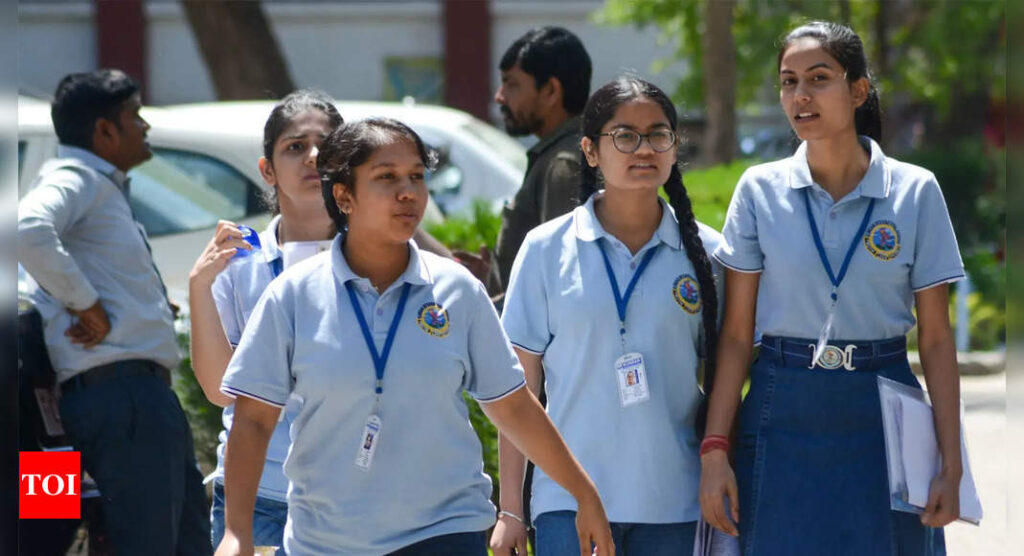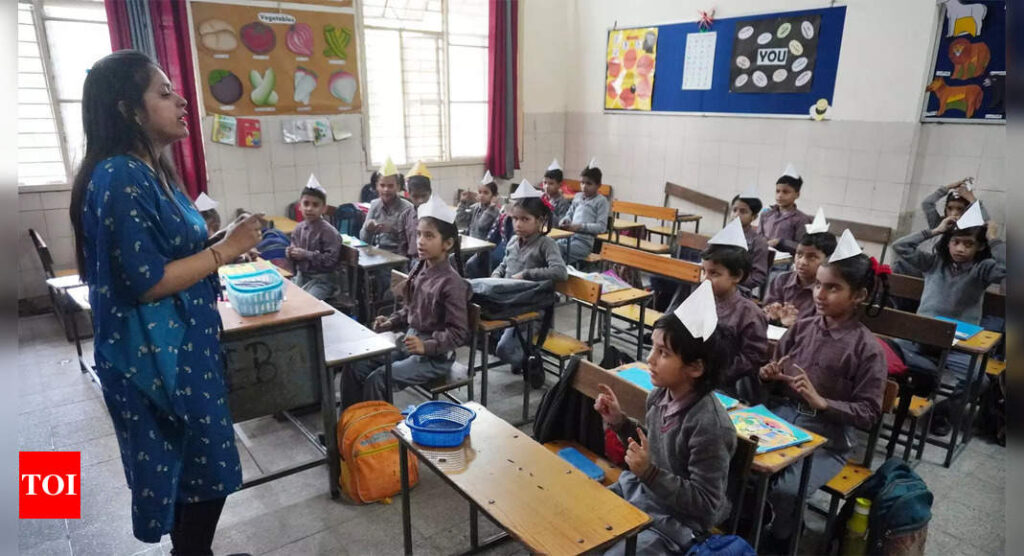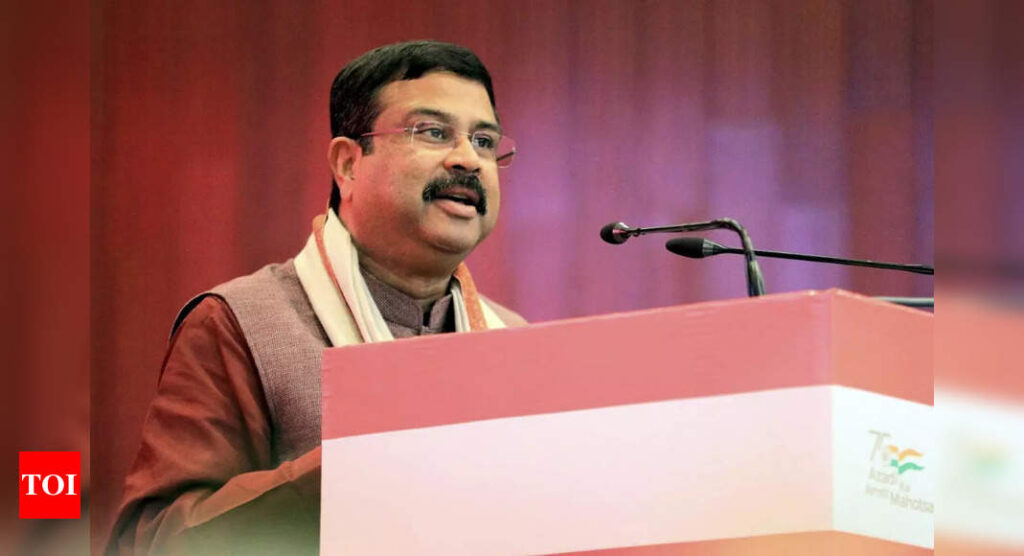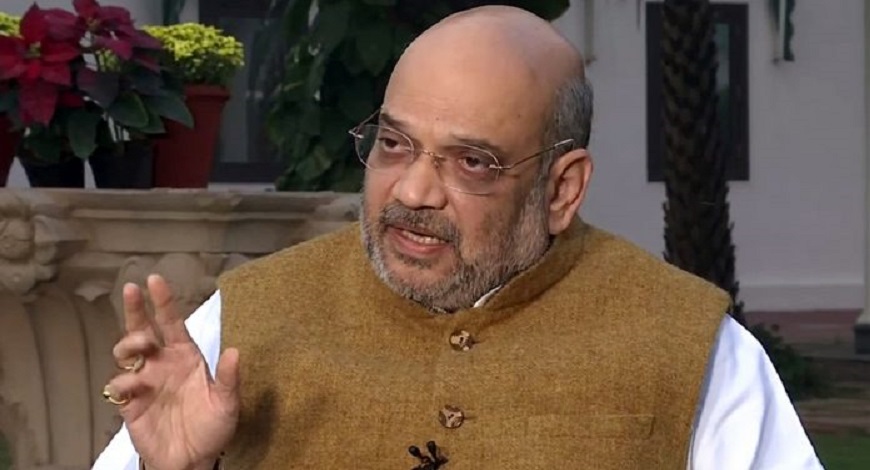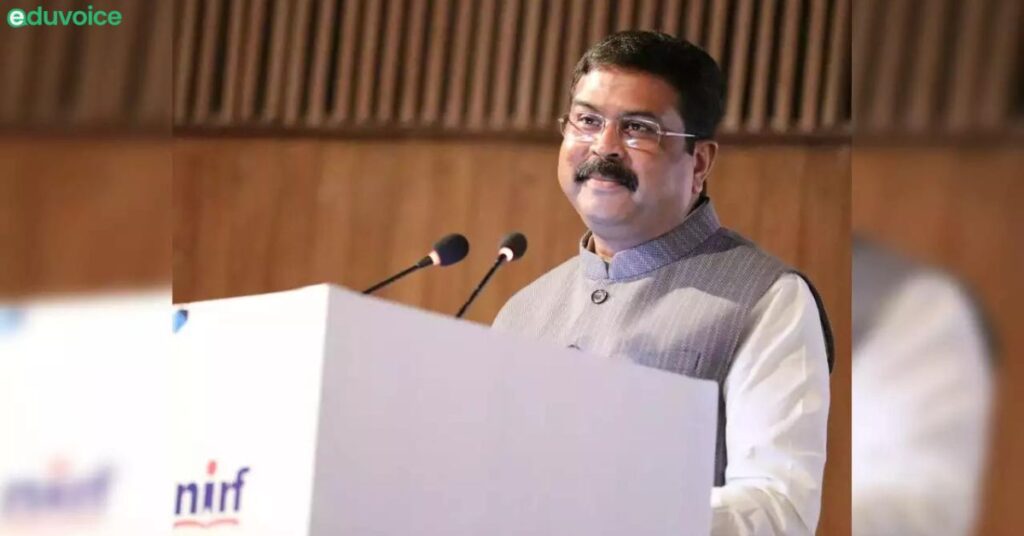The Central Board of Secondary Education (CBSE) has recently announced a significant change in its assessment practices for the upcoming academic session 2023-24. The board has made changes in the composition of question papers for year-end examinations, reducing the weightage given to traditional short and long-answer type questions and introducing more competency-based questions. These changes […]
Tag Archives: National education policy
The National Curriculum Framework for School Education has been released by the NCERT. In the NCF various recommendations have been made for almost each grade student. The pre-draft proposes various recommendations, such as modifying the class 10 and 12 board exams, transitioning from a 10+2 structure to a 5+3+3+4 structure, and emphasizing developmental perspectives to […]
NEW DELHI: The government will provide study materials to the students till Class 5 in 22 Indian languages as the National Education Policy, NEP 2020 places a special emphasis on the mother tongue, Union Education Minister Dharmendra Pradhan said on Tuesday.“We have decided to provide the curriculum till the 5th standard in 22 Indian languages […]
By Nafisa KhatoonThe course will encourage students to create projects using indigenous solutions to solve local challengesTo increase technology integration in schools, the CBSE has introduced Artificial Intelligence (AI) and the Internet of Things (IoT) in the school curriculum from classes VI to X. The initiative was launched jointly by NITI Aayod and Atal Tinkering […]
The conference aimed at discussing effectiveness of National Education Policy 2020 and its various dimensions The University School of Mass Communication, Guru Gobind Singh Indraprastha University, has inaugurated two day national conference on New Education Policy (NEP) on 24th March, 2023 at university premises. With focus on the National Education Policy, 2020, this conference aims […]
The Union Home Minister said that the New Education Policy-2020 brought by PM Modi is the only education policy on which there was no controversy or opposition and it has been accepted by all Union Home Minister Amit Shah on New Education Policy-2020 said that it has potential to put the youth of India in […]
According to Union Minister for Education and Skill Development Dharmendra Pradhan, the National Education Policy (NEP) is a lengthy document with many new features for the benefit of students. The Centre was anticipating that Tamil Nadu would approve the NEP, despite the fact that education is on the concurrent list of the States, he stated. […]
The current circumstance of education on the planet is comparable, is encountering a change in outlook and innovation is assuming a critical job. Not at all like its commonness recent, chiefly in some created nations and certain upscale territories of India, advanced learning or e-learning has now become the standard. In any event, for the individuals who are unprepared for it, this is the main conceivable approach to continue education. In this circumstance, most instructors and teachers have found, and maybe even imagined, newer roads of virtual educating. In spite of the fact that it might appear as though Indian education is bringing an unexpected jump into the future, it is regardless, an essential jump that was in the making particularly to make more future-prepared residents.
For a country of India’s size and diversity, a national education policy, besides reforming the education sector for improving quality and promoting excellence, is essentially expected to promote national integration and cohesion between the Centre and the states. Going by the developments in higher education, the National Education Policy (NEP 2020) must not end up […]
Education Minister Dharmendra Pradhan released the NIRF Ranking 2021 listing the top institutes and universities in India this year. The education minister went live from his Twitter handle with Minister of State Sanjay Dhotre and AICTE Chairman Anil Saharsrabudhe to announce the top universities of India. The live recordings can also be seen on YouTube […]
- 1
- 2

